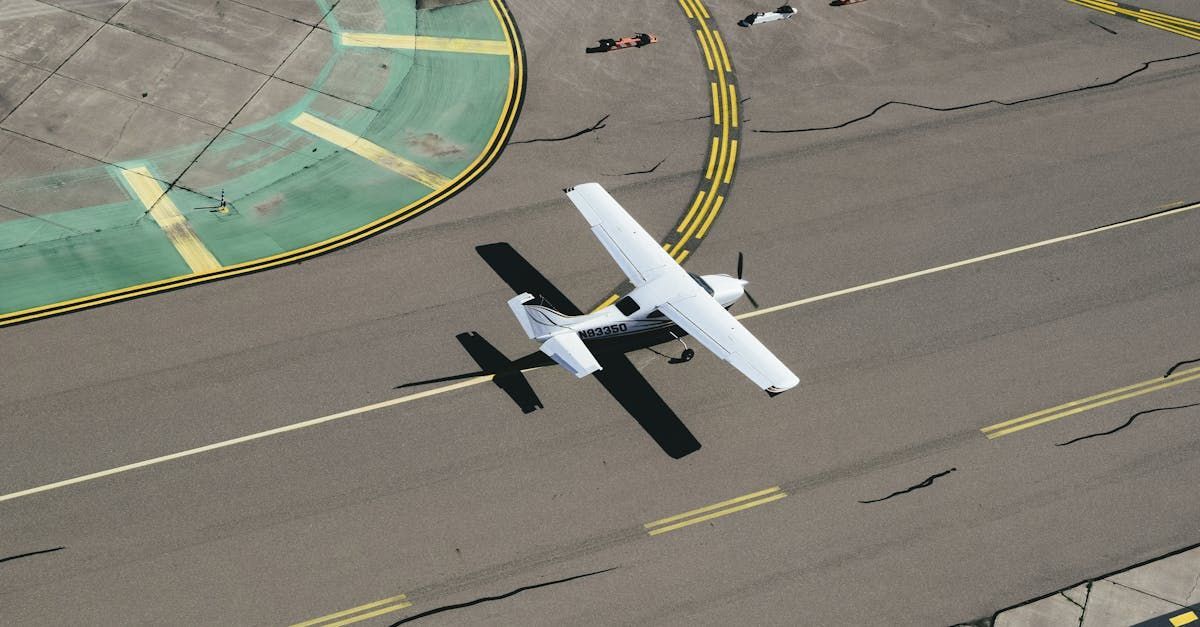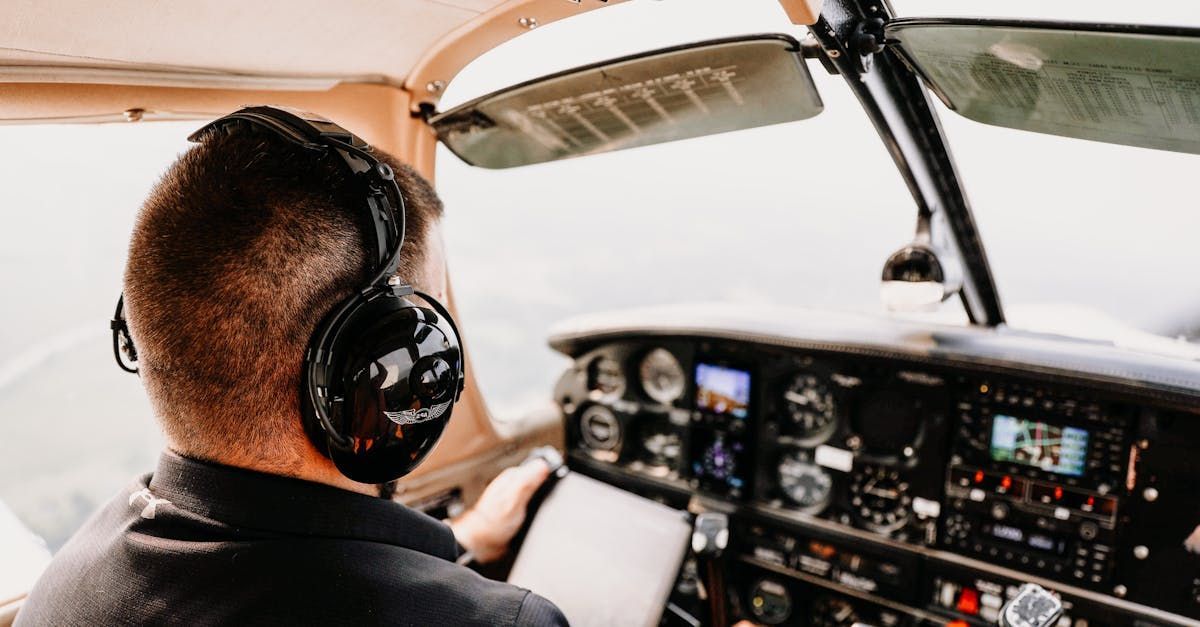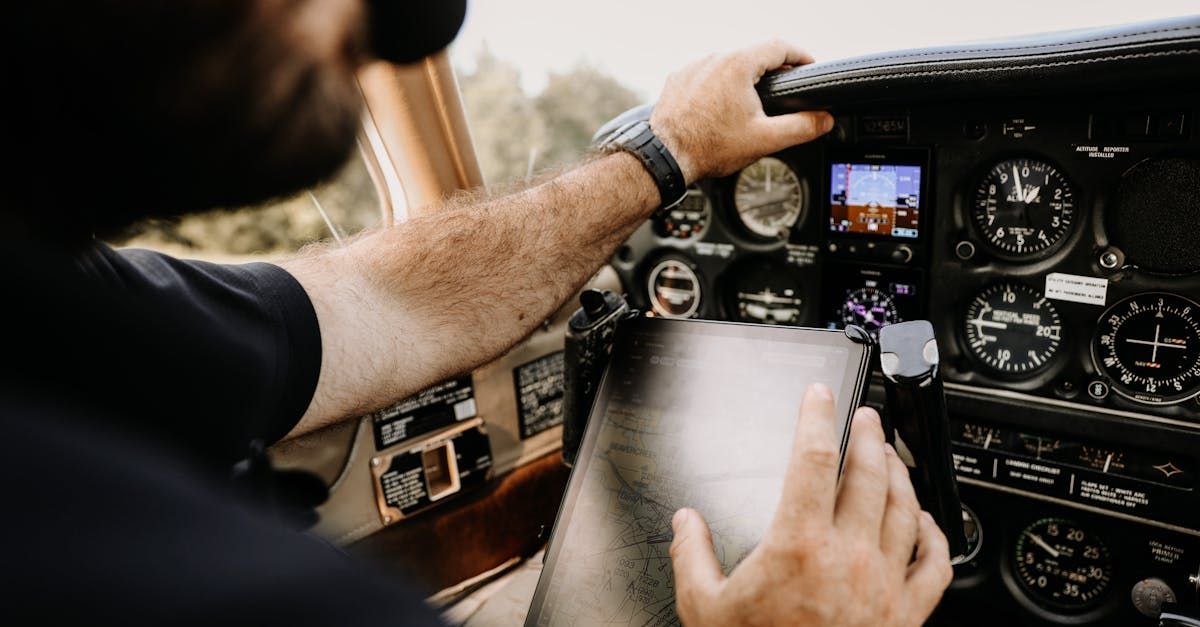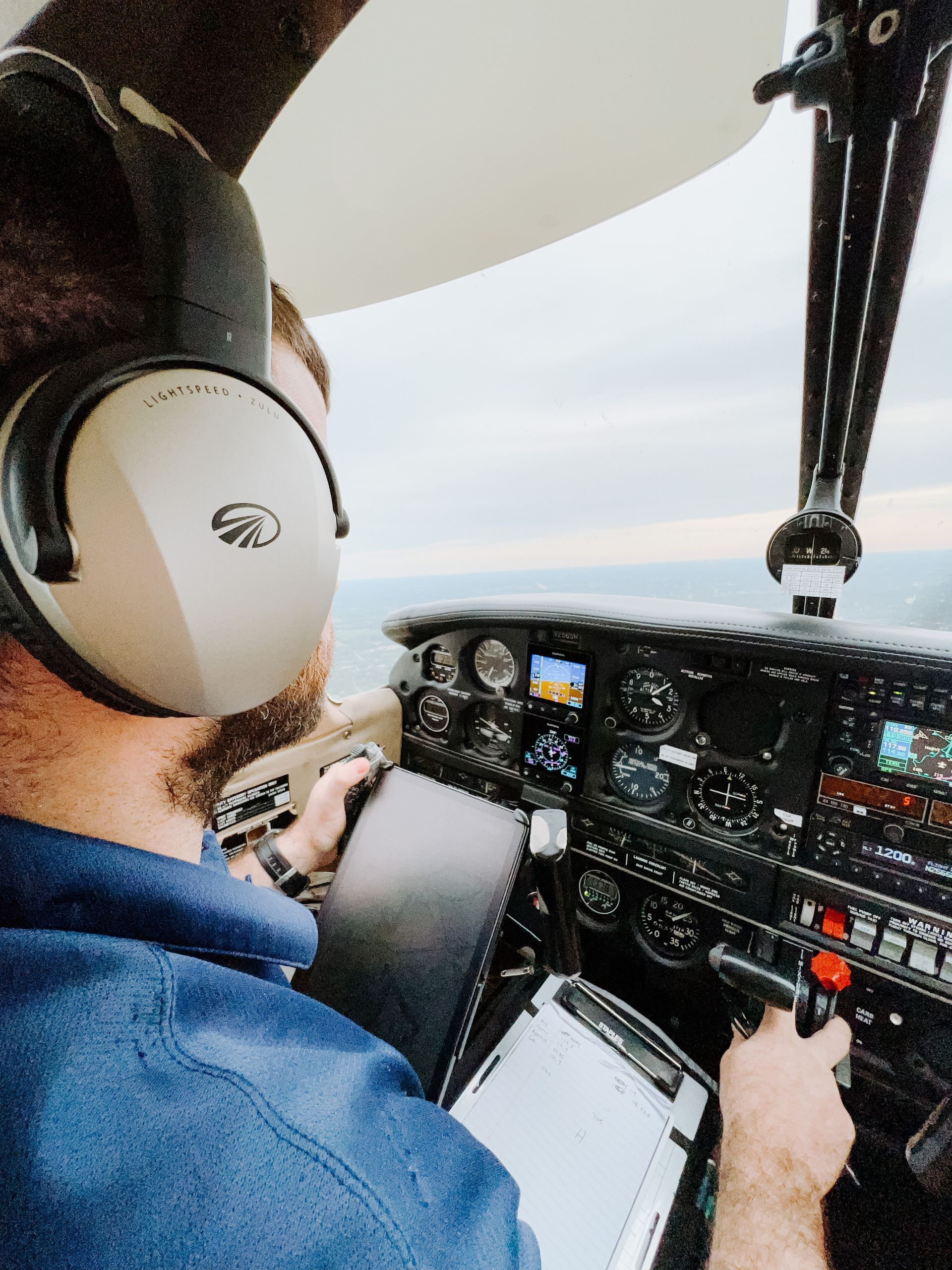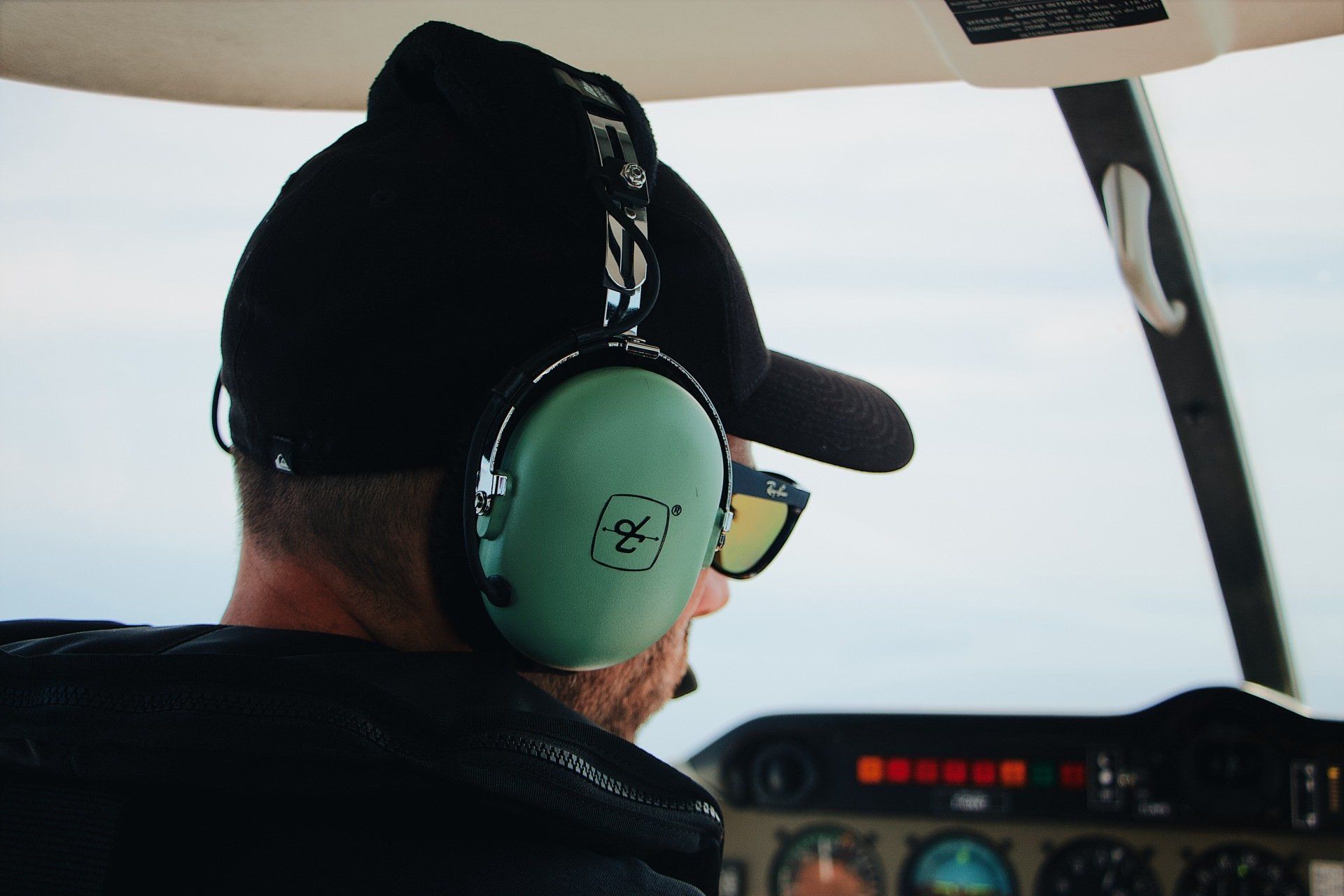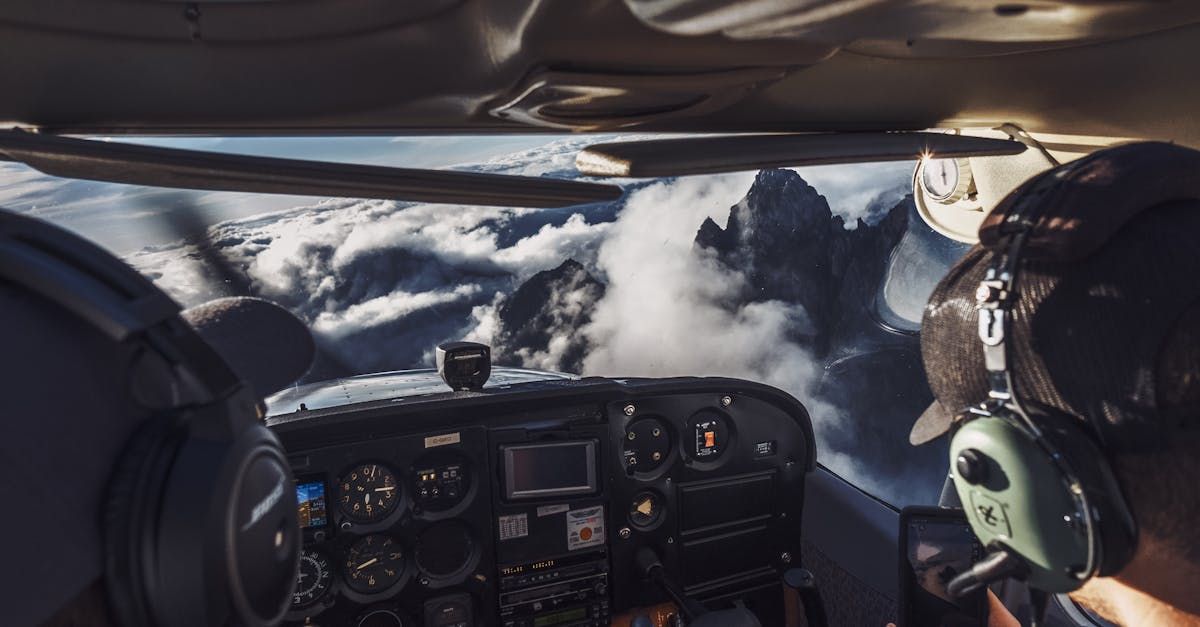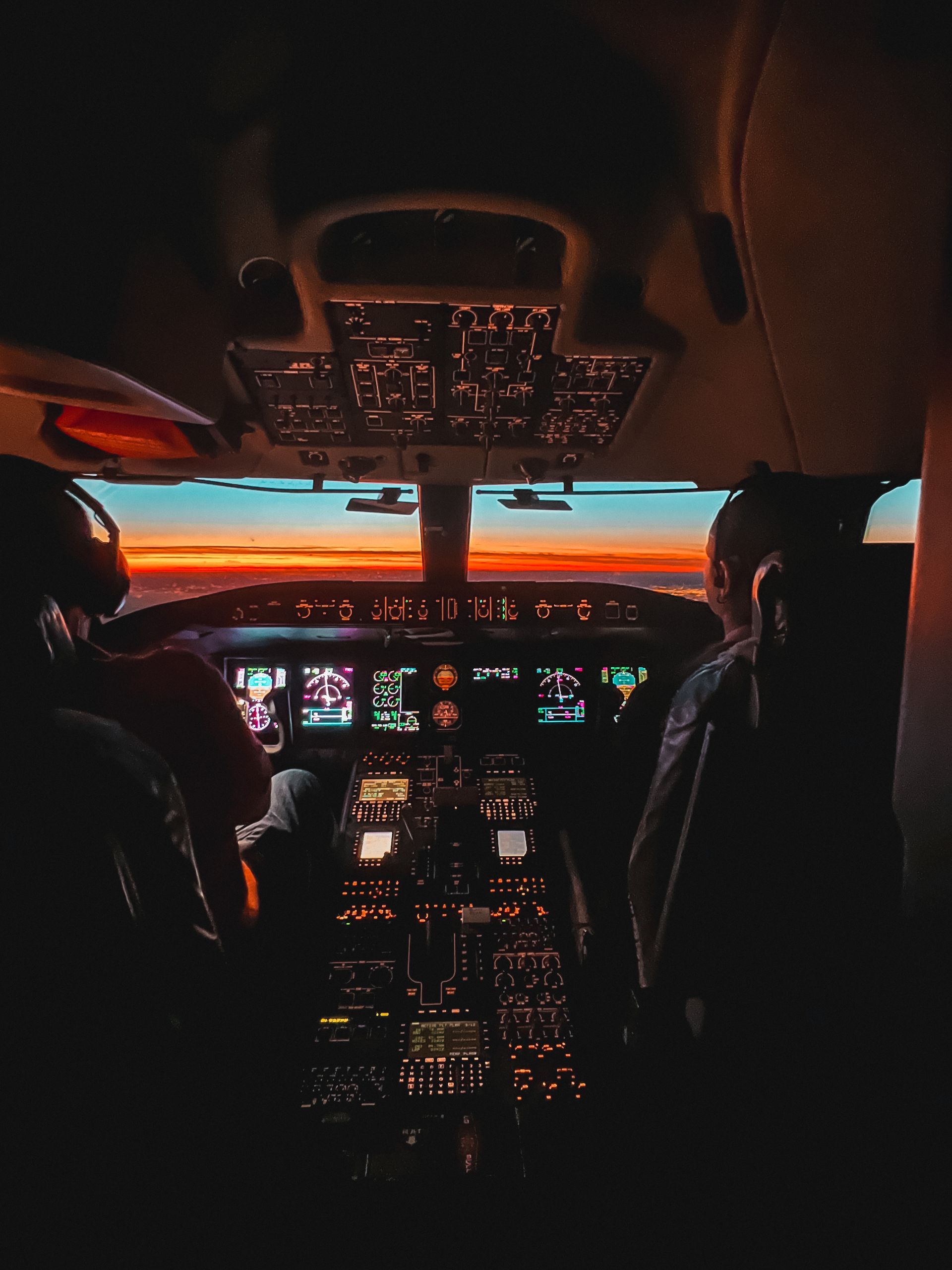How New Technology is Shaping Pilot Training
How new technology is shaping the future of flight training.
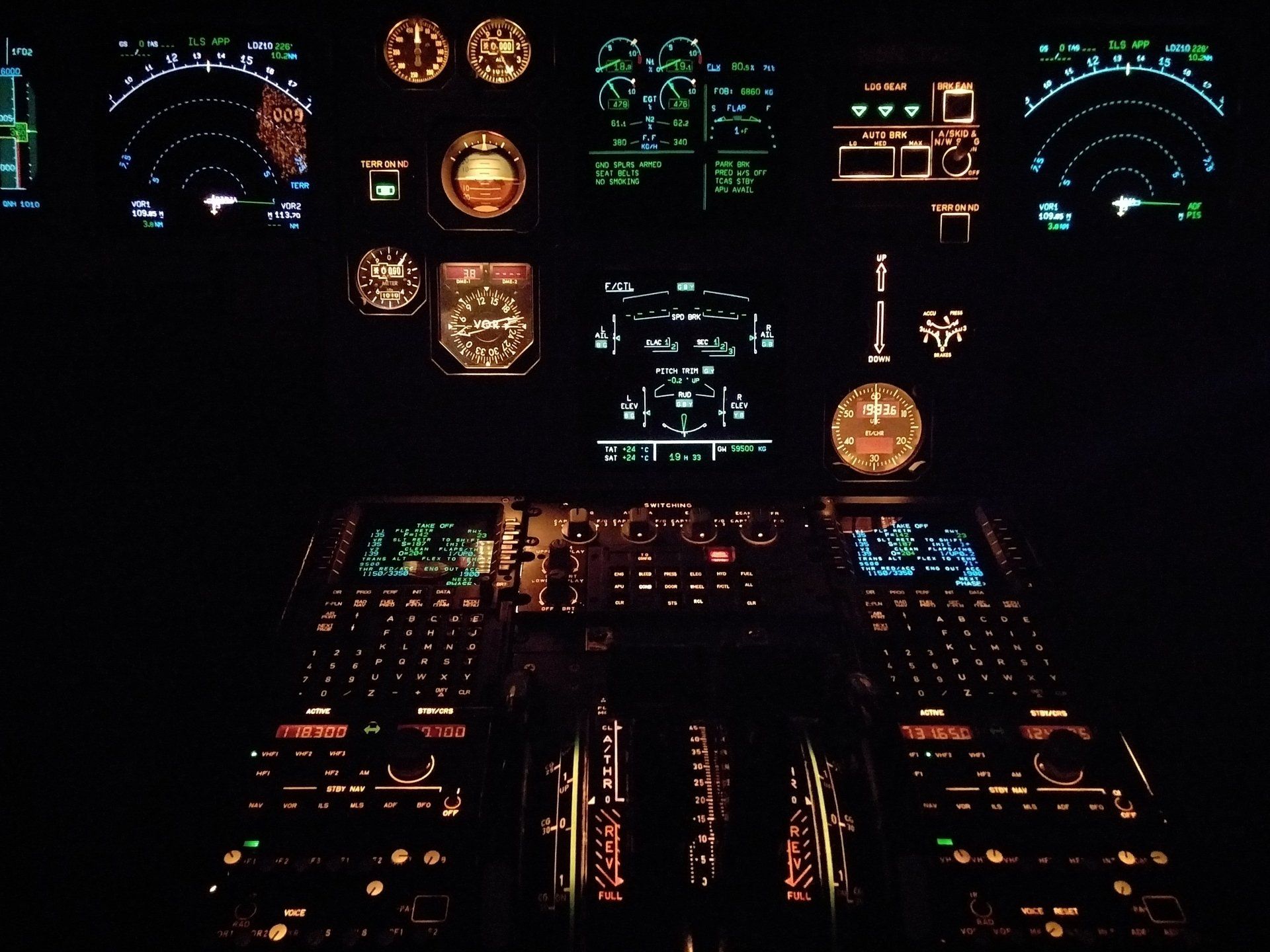
The aviation industry is undergoing a significant transformation as technological advancements redefine the ecosystem of pilot training. These innovations are not only enhancing the educational experience but are also improving safety, reducing costs, and accelerating the learning process. Let's explore how new technology is shaping the future of pilot training.
Flight Simulators and Virtual Reality (VR)
Flight simulators have been a mainstay in pilot training for decades, but recent improvements in realism and accessibility have revolutionized their use. Today's High-fidelity simulators replicate the cockpit environment and flight dynamics with astonishing accuracy, allowing trainees to practice maneuvers and procedures without the risks associated with real flights. Adding Virtual Reality to the mix further immerses trainees in a 360-degree environment, offering a cost-effective method to simulate various flight scenarios and emergency situations.
Augmented Reality (AR)
Augmented reality systems, such as Microsoft's HoloLens, overlay computer-generated images onto real-world views, providing pilots with an interactive learning environment. AR can assist in aircraft maintenance training by projecting information onto physical components, thereby helping trainees understand complex systems and procedures.
Artificial Intelligence (AI) and Machine Learning
AI is revolutionizing pilot training by offering personalised learning experiences. AI algorithms can analyse a trainee's performance, adapt the training regimen to their learning pace, and provide targeted feedback. Machine learning can identify patterns and predict areas where a trainee might require additional focus, allowing for a more efficient training process.
Big Data Analytics
The use of big data in aviation has enhanced the ability to track and analyze every aspect of a flight. By applying these analytics to training, instructors can gain insights into a trainee's strengths and weaknesses. This data-driven approach enables a tailored training experience that can improve skill acquisition and retention.
Advanced Aircraft Systems
Modern aircraft are equipped with sophisticated avionics and electronic systems that require pilots to have a different skill set compared to traditional, manually controlled aircraft. Training programs have adapted by incorporating these advanced systems into their curriculum, ensuring that new pilots are adept at using the latest technology.
E-Learning and Mobile Training
The internet has made e-learning a reality for pilots in training. With flexible online courses and mobile applications, trainees can study theoretical aspects of flying from anywhere, at any time. These platforms often include interactive tools, videos, and quizzes which make learning more engaging.
Wearable Technology
Wearable tech such as smartwatches and fitness trackers can monitor a trainee pilot's vital signs and stress levels during flight training. This biometric data can be invaluable in understanding how they cope with the physical and mental demands of flying, allowing for appropriate adjustments in training intensity or focus.
Cybersecurity Training
With the increasing reliance on networked systems in aviation, cybersecurity has become a critical component of pilot training. Understanding the potential threats and how to safeguard the aircraft's digital infrastructure is an essential skill for today's pilots.
Technological innovations are significantly impacting pilot training, providing enhanced safety, more effective learning experiences, and the ability to keep pace with the ever-evolving demands of modern aviation. As these technologies continue to mature, they will undoubtedly shape the skills and competencies required of future pilots, ensuring that the industry remains at the forefront of safety and efficiency.


